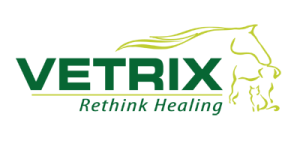Revolutionizing Veterinary Wound Care with Healion: A Case Study in Regenerative Medicine
In the ever-evolving field of veterinary medicine, innovative products like Healion Amniotic Wound Matrix are setting new standards for wound healing. By utilizing the powerful properties of amnion, Healion provides veterinarians with a reliable and effective tool for treating complex wounds, enhancing the natural healing process. This blog post will explore the remarkable healing journey of a turtle, showcasing the benefits of Healion in veterinary wound care.
The Role of Amnion in Regenerative Medicine
Amnion, the innermost layer of the placenta, is packed with growth factors, anti-inflammatory properties, and essential proteins that are crucial in wound healing. The Healion Amniotic Wound Matrix, derived from this unique tissue, is delivered in a powdered form, making it easy to apply. This product promotes rapid tissue regeneration, reduces inflammation, and provides a bioscaffold for new cells to grow, making it an invaluable solution in regenerative medicine.
Case Study: A Turtle’s Fast-Track to Recovery
Dr. Garry Innocent, a veterinarian at All Species 24hr Clinic in Alpharetta, GA, encountered an exotic patient with a severe head injury. The turtle had been scalped, leaving no tissue to facilitate traditional wound closure. Faced with this daunting challenge, Dr. Innocent turned to Healion Amniotic Wound Matrix.
Within 24-36 hours of applying Healion, the results were nothing short of extraordinary. The wound began healing rapidly, showing organized, healthy tissue growth. Dr. Innocent expressed his satisfaction, noting that Healion was simple to apply and did not lead to further complications, unlike traditional wound treatments which sometimes cause additional trauma.
For a case where minimal tissue was available and the delicate nature of the patient complicated suturing, Healion’s trauma-free application was the perfect solution. The turtle’s speedy recovery demonstrates the effectiveness of this regenerative wound care tool across different species.
Why Healion Is Essential for Veterinarians
Healion’s amnion-based matrix provides a safe, versatile, and easy-to-use solution for a wide range of wound types, including surgical wounds, trauma injuries, and ulcers. Its unique properties not only accelerate healing but also minimize scarring, making it a preferred choice in complex cases where traditional methods fall short.
The ability to promote natural tissue regeneration without causing additional trauma makes Healion indispensable for treating patients where suturing isn’t viable or safe. Additionally, its application is simple, reducing the stress for both veterinarian and patient, whether treating small, exotic animals or common household pets.
Conclusion
Healion Amniotic Wound Matrix is revolutionizing the way veterinarians approach wound healing. By leveraging the regenerative properties of amnion, it offers an effective solution for complex wounds that are difficult to close or heal. In the case of Dr. Innocent’s turtle, Healion proved its ability to facilitate fast, trauma-free healing in a delicate patient, underscoring its versatility and power as a regenerative medicine product. For veterinarians seeking reliable and advanced wound care options, Healion is a must-have in the medical toolkit.

 Any veterinarian worth their salt knows that providing superior wound care treatment starts with assessing the overall stability of the animal. Once the patient is stable, the next step is administering first aid for the wound as soon as safely possible. Your treatment should follow the fundamentals of
Any veterinarian worth their salt knows that providing superior wound care treatment starts with assessing the overall stability of the animal. Once the patient is stable, the next step is administering first aid for the wound as soon as safely possible. Your treatment should follow the fundamentals of  Veterinary medicine is constantly changing and evolving. We’re thankful for the innovation, but as new technologies and treatments are developed, it impacts how we care for animal patients. Keeping up with the ever-expanding veterinary world can be overwhelming. To make keeping up with the best veterinary care available easier, we’d like to share a short list of three trends to watch in 2023.
Veterinary medicine is constantly changing and evolving. We’re thankful for the innovation, but as new technologies and treatments are developed, it impacts how we care for animal patients. Keeping up with the ever-expanding veterinary world can be overwhelming. To make keeping up with the best veterinary care available easier, we’d like to share a short list of three trends to watch in 2023.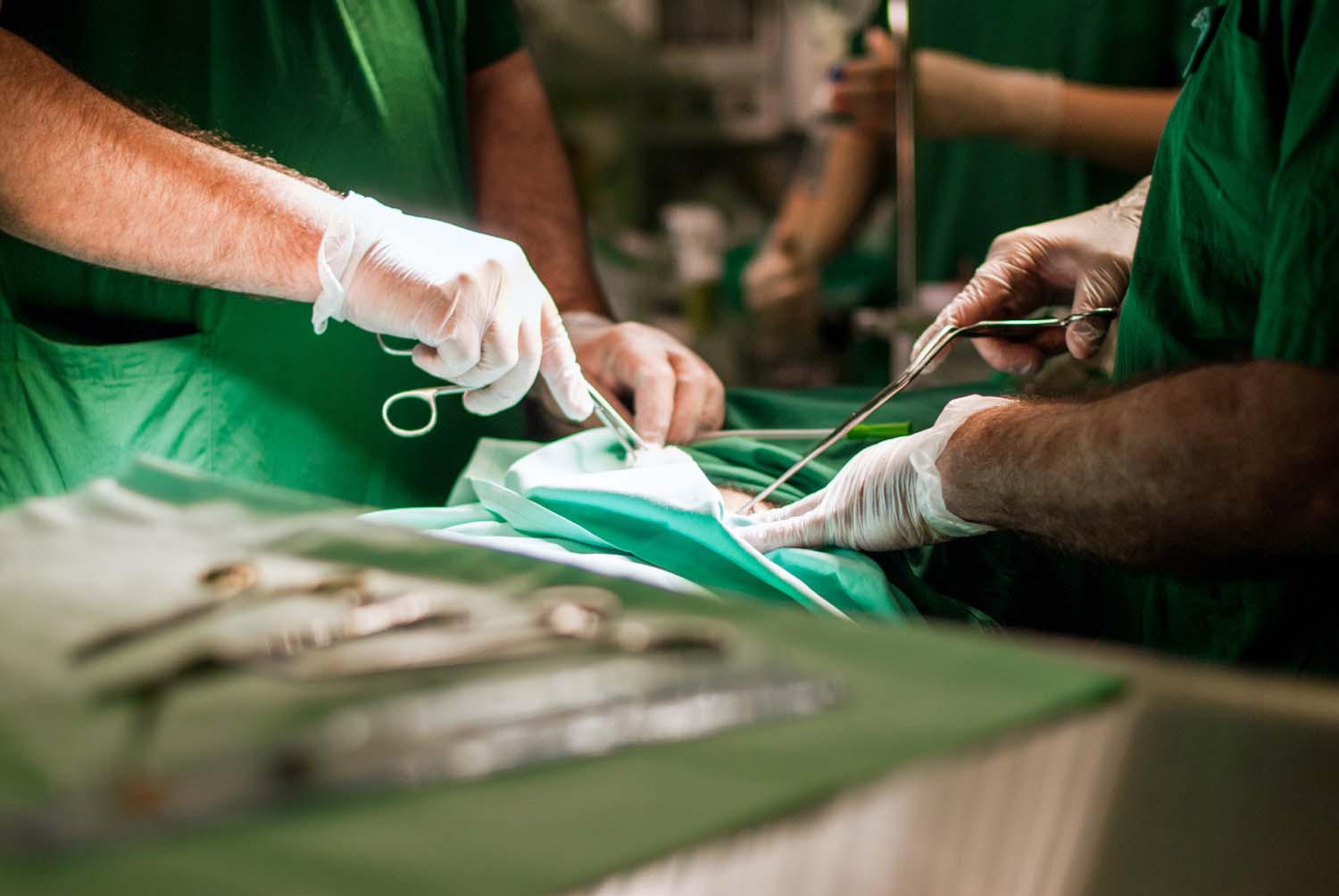
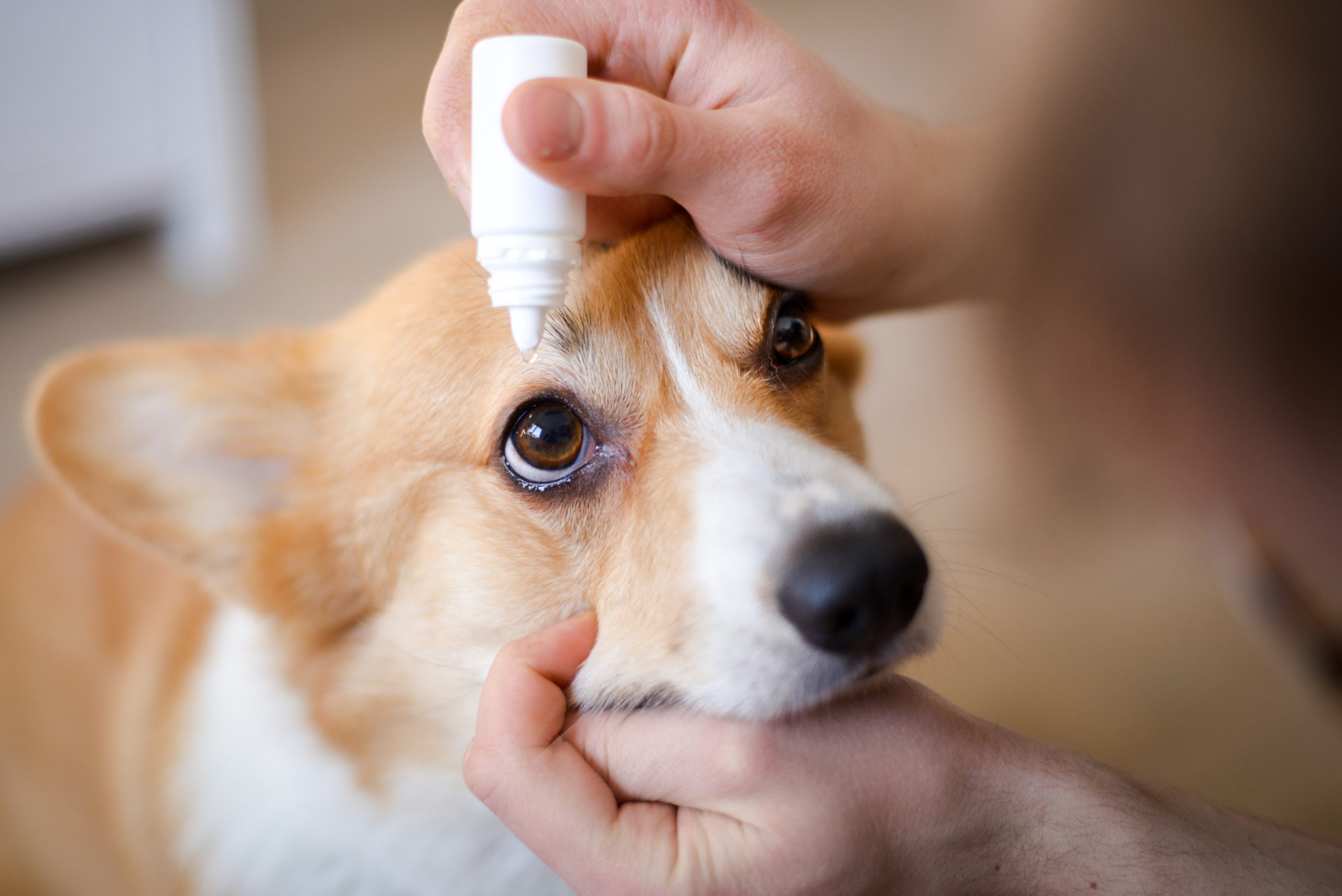
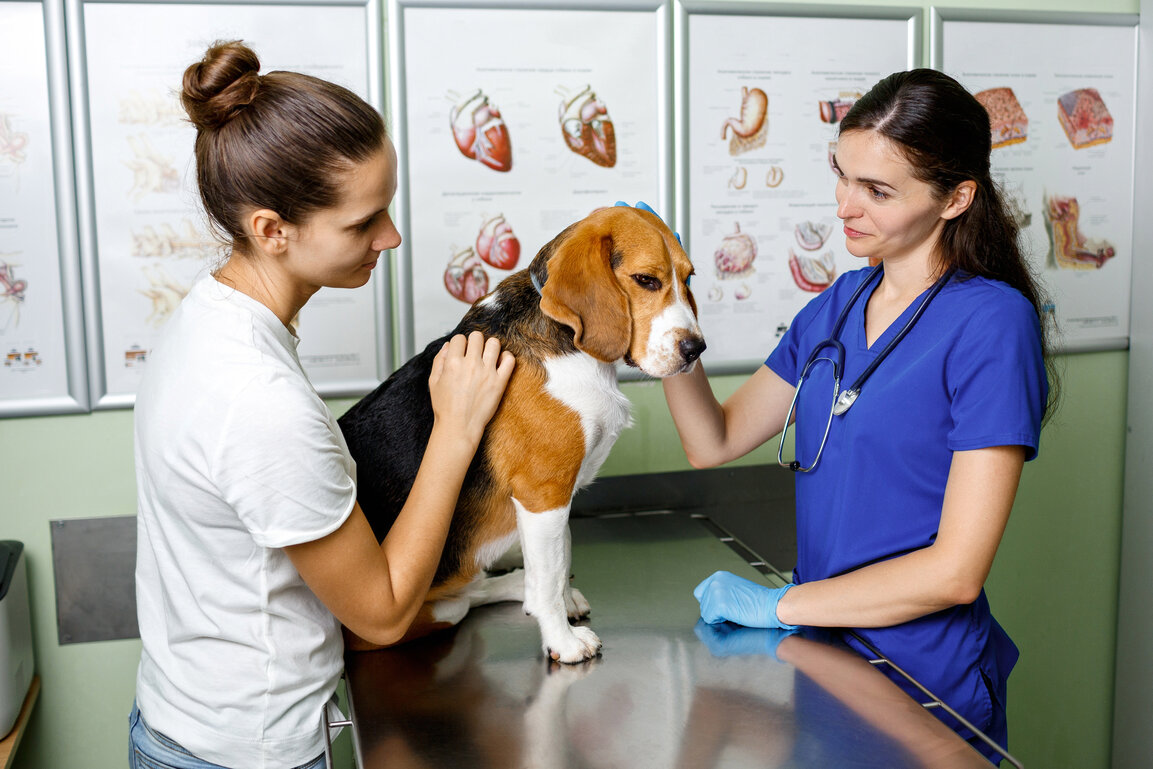
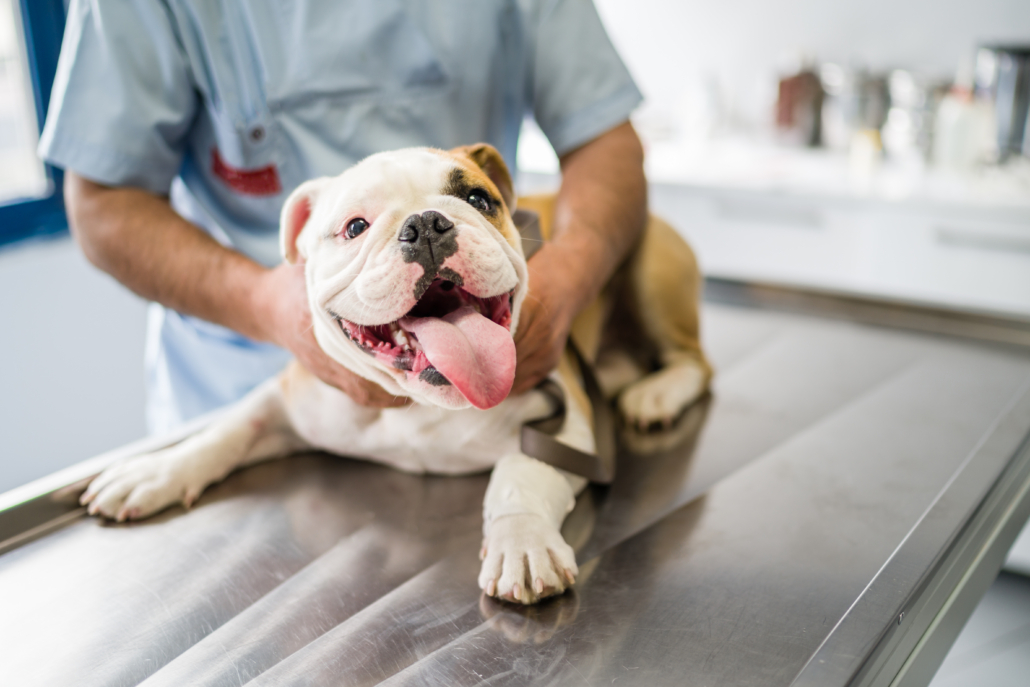 Veterinary regenerative medicine started in the mid-1990s when bone marrow-derived
Veterinary regenerative medicine started in the mid-1990s when bone marrow-derived 